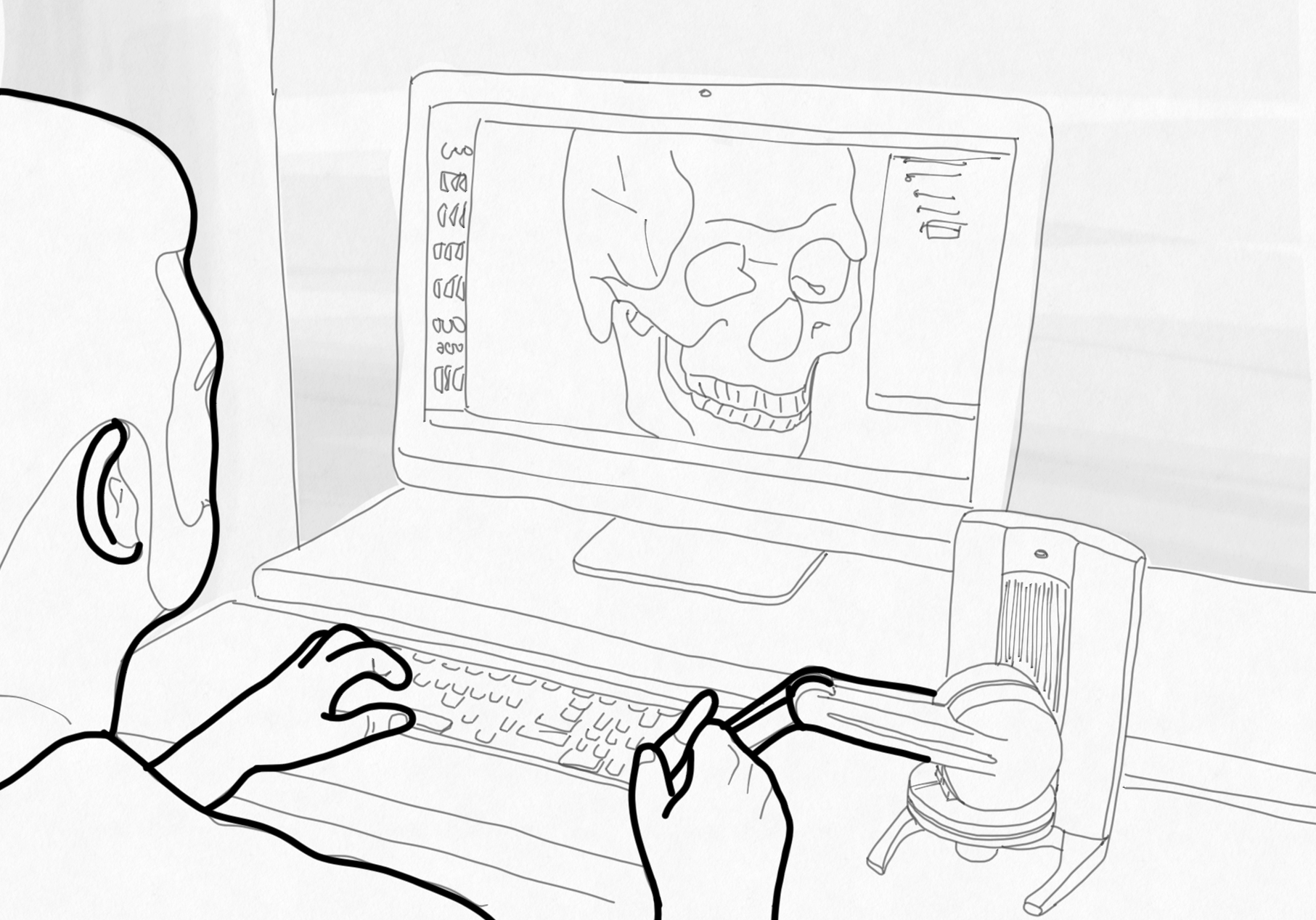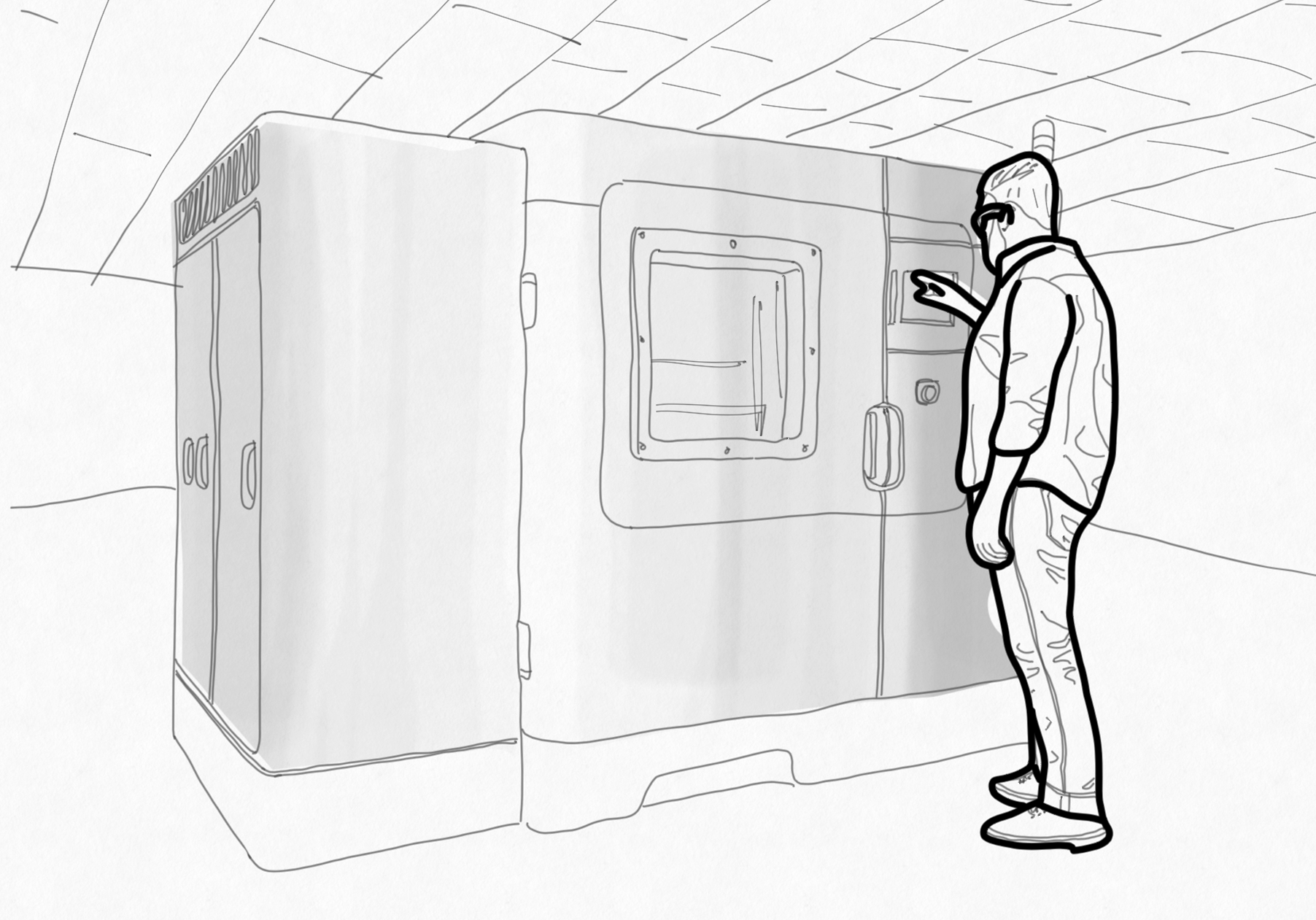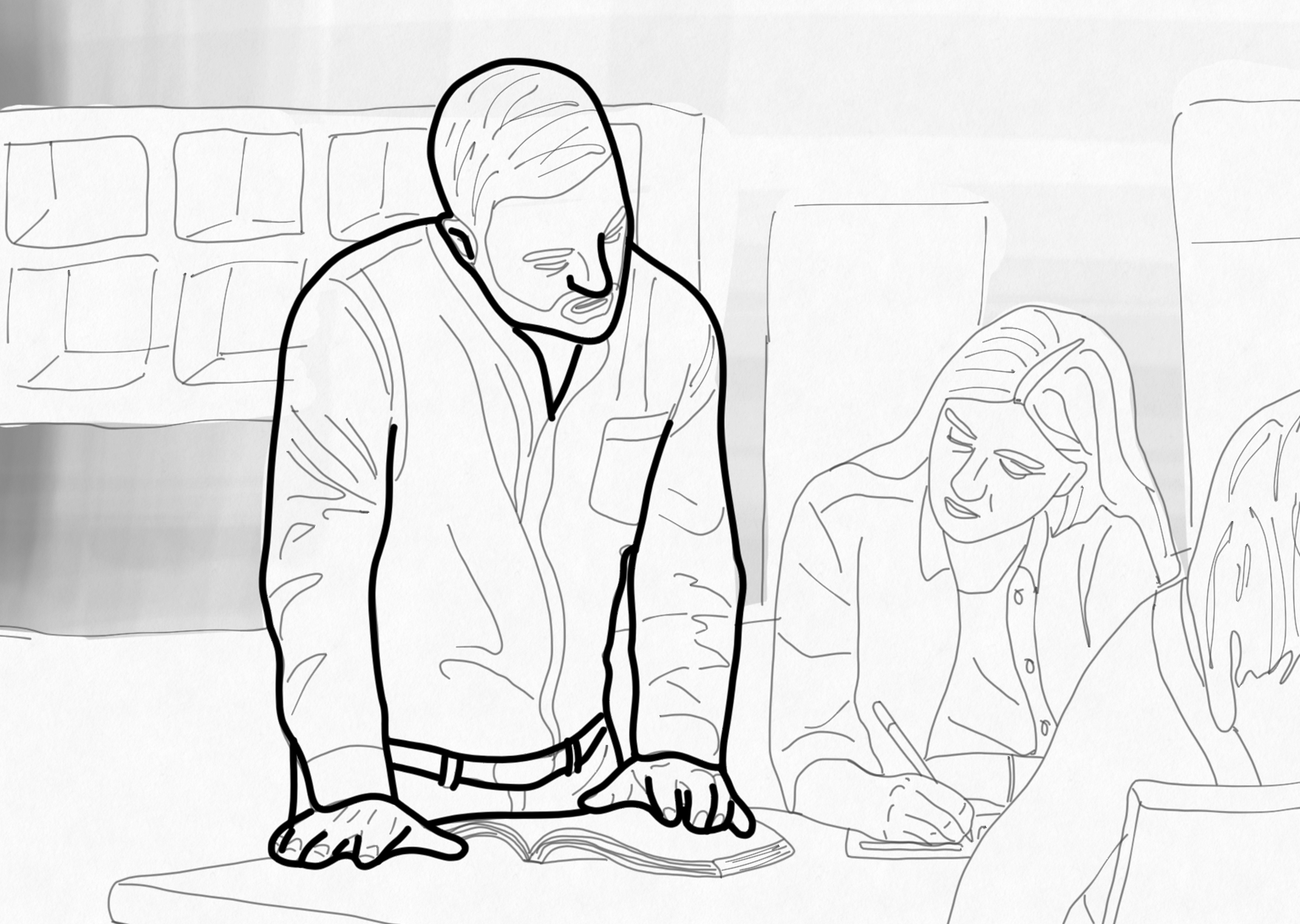Problem solving
I solve problems by taking a rigorous approach, with a close attention to detail and to quality. I have successfully responded to countless briefs to deliver high-quality design outputs across domains as varied as domestic brassware, surgical plans, cutting guides, implants, professional training materials, quality management documentation, and entire university courses. In the creation of patient-specific cranio-maxillofacial implants, my contributions spanned the entire development process. I have segmented CT scan data, produced virtual anatomical models, managed customer requests from enquiry to billing, hosted online planning meetings with surgeons, designed custom cutting guides and custom implants, and liaised with manufacturers to produce milled PolyEther-Ether-Ketone (PEEK) devices and Additively Manufactured (AM) titanium devices. Additionally, I have fabricated many hundreds of prototypes, anatomical models, and single-use devices using AM machines myself, including stereolithography and multijet printing. As an AM technician I have also maintained, monitored, calibrated, and improved both the hardware and its associated operating procedures.
I have a working knowledge of user, technical, and clinical requirements for a range of common procedures. Moreover, I have worked with prosthetists, surgeons, and other design engineers to plan, rehearse, and implement patient-specific solutions for more unusual scenarios. One example was the first known use of computer-aided design, rapid prototyping, and AM guides and implants for every stage of a secondary zygomatic osteotomy for a patient who had suffered major traumatic injuries. This inter-disciplinary collaboration has been at the heart of every aspect of my work, including translating between discrete specialties and fields. I have developed the ability to collaborate with teams of designers, researchers, engineers, clinicians, sales representatives, quality management professionals, and product managers. This was of value during my time in a small local segmentation team at a major global healthcare provider. Aside from the routine daily delivery of virtual surgical plans for robotically-assisted hip and knee arthroplasty procedures, I acted as conduit for process updates and technical queries between global technical headquarters in the USA and in-theatre representatives stationed in Australian hospitals.
Managing and monitoring quality
I am an alumnus of Loughborough University Design School and Cardiff Metropolitan University, having completed a Bachelor of Arts (with Honours) majoring in Industrial Design and Technology in 2010, and a PhD in Design in 2018. My PhD was completed on a part-time basis and my research investigated the potential for using quality management design-control techniques to improve the safety, regulatory compliance, and clinical efficacy of patient-specific surgical guides and implants. I developed a robust, evidence-based, and fully-certified Quality Management System (QMS) for the design of these critical devices. This included a full quality manual, all standard operating procedures, and the necessary forms to ensure consistent communication and record-keeping. With no prior experience in QMS development, this showed that I can adapt and learn quickly by using my research skills to understand requirements. I participated in internal audits with colleagues and external audits with notified bodies to oversee the formal accreditation of the QMS.
Subsequently, as the quality manager for a small team of implant designers, I trained co-workers in the correct application of processes, procedures, forms, and record keeping. This included introducing new staff members to standard operating procedures for software use and instructing them on the acceptable boundaries and freedoms for Computer-Aided Design (CAD) modelling techniques. This worked to encourage creative freedoms whilst establishing key boundaries to ensure compliance. I have translated this knowledge externally to healthcare professionals and trainees, via hands-on workshops at conferences and by supervising visiting fellows. This process was incredibly rewarding, because I value precision and traceability in design—especially when outputs can have as intimate an effect on somebody’s lived experience as those used in medicine.
Teaching, training, and supervision
In addition to professional training and development, I have designed, co-ordinated, lectured, and tutored for university degree courses. My teaching contributions have centred on the creation and delivery of courses at the University of Queensland (UQ) in the university-wide Bachelor of Design program. The most significant was concerned with developing an undergraduate foundation course for the design of experiences. In response to a very short brief, I undertook my own design process to identify, sequence, and reconstruct the most relevant and generalisable methods and tools that contribute to developing products, services, and systems with experiential aims. In many consumer contexts, the incredible capacity of design to create more pleasurable experiences has been used to drive engagement, sales, and loyalty. I asked students to employ these techniques to more serious ends. In this project-based course, I guided students through the application of a design process to high-stakes contexts; specifically, to mitigate feelings like alienation, anxiety, or frustration for people living with chronic illnesses. From this broad brief, students worked to find their own specific problem to solve, orient a project towards a realistic goal, and to ideate, prototype, and develop a solution.
I aimed to show that when design is done well, it is considerate of human needs and abilities. It caters to variations in physical and cognitive capacities, values, beliefs, and emotions. It is an inherently social mediation between often competing or conflicting aims. As a result, my students’ work included navigating periods of ambiguity and uncertainty during the problem-finding phase, with some solutions only becoming apparent in the final third of their work. Design for medicine and healthcare offered visceral opportunities for students to learn how to empathise with people who might be in very unfamiliar situations. This can be a challenging and confronting skill to learn, especially at the outset of a degree program. However, the step-by-step development of a design solution worked to build confidence in tackling real problems, which seemed insurmountable at the beginning. Despite being my first experience of course design, course co-ordination, and lecturing, I received excellent student feedback and won praise from school management. Students enjoyed my clarity, passion, fun delivery, use of real-world examples, and my approachable demeanour.




